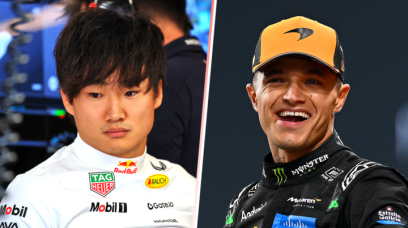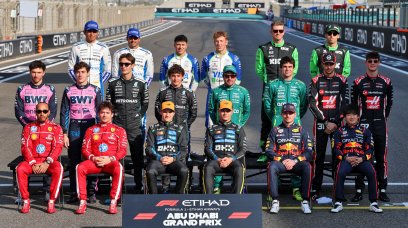Aston Martin Deputy Technical Director Eric Blandin has explained why he does not expect porpoising to disappear "completely" from F1 in 2023. Following a wave of new technical regulations being introduced into the sport for 2022, several teams on the grid struggled with their cars bouncing during the season, with Mercedes amongst those to be particularly affected. This led to modifications being introduced for the upcoming campaign with the aim of lessening the issue. However, Blandin believes that the problem will remain in some form due to the ground effect nature of the cars.
Porpoising 'inherent' within current regulations
"It won't disappear completely," Blandin explained in an Aston Martin interview. "It's something that's inherent within this set of regulations. "You've got big tunnels channelling air underneath a car that is running very close to the ground and effectively has a skirt created by the floor edge that's sealing the air in – this combination is what makes the car susceptible to porpoising. "Every F1 car experiences some degree of oscillation, but with the current regulations, due to the aerodynamic load and the variation in that aerodynamic load, this oscillation is more pronounced." Blandin added of his expectations for the 2023 car: "We have focused on making changes to this year's car that will prevent porpoising, but we can't guarantee they've worked until we test the car on the track. "If we do suffer from porpoising, we've got several tools in our armoury to combat it."
Why porpoising is difficult to predict
It appeared that the extent of the porpoising in the early stages of 2022 took some teams by surprise, and Blandin admits that predicting whether the bouncing will happen or not is difficult. "Simulating the problem is complicated," he said. "There aren't many tools that can do that. On a computational side, you can't predict it with normal software. "It's not simply a case of running the car in the wind tunnel to see whether it will porpoise: it doesn't work like that because it's a dynamic problem – the aerodynamic loads are constantly changing. "Throughout the 2022 campaign, we advanced our understanding of this new generation of F1 car in several areas, and this enabled us to identify what was causing the bouncing."
Most read








